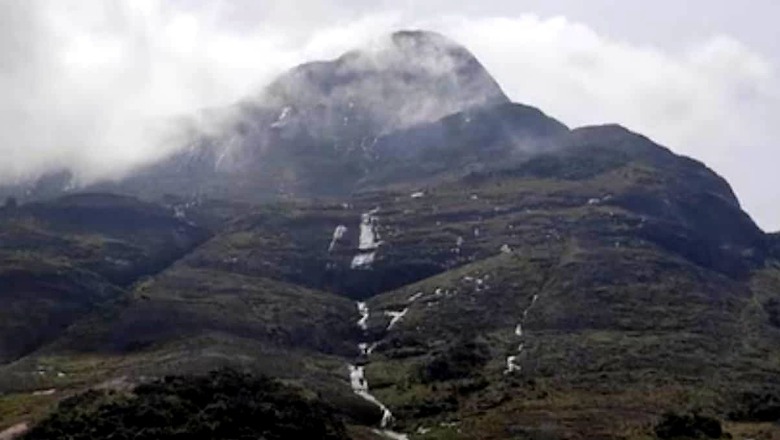
views
Kerala is one of the most popular tourist destinations with many serene places to visit including the Agasthyakoodam, the second-highest peak in Kerala. According to Local 18 Kerala, this peak shares the border with the Tirunelveli and Kanyakumari districts of Tamil Nadu. It also shares the border with the Thiruvananthapuram, Kollam and Pathanamthitta districts of Kerala. Agasthyakoodam is also a pilgrimage site and many devotees arrive here to worship Sage Agastya’s idol, one of the Saptarishis of Hindu Purana. As per the Hindu scriptures, the Saptarishis were seven seers who emerged at the dawn of creation. They were chosen by the gods to be bearers of knowledge and spiritual wisdom. There is a full-body statue of Sage Agastya on top of Agasthyakoodam. Devotees perform pujas and also do other activities here.
Prior permission has to be sanctioned from the Forest department to climb the Agasthyakoodam Peak. The sanctions are issued in January and February every year. Scaling this mountain is not normally allowed at any other time apart from these months. Only around 100 people are allowed in a day. This regulatory measure has been implemented for the protection of the flora and fauna of the Agasthyakoodam Peak. This mountain range has become a home to rare flora, fauna and animals. Rare medicinal roots and plants grow on the lower slopes of this mountain. About 2000 medicinal plants are found in Agasthyakoodam Peak, which are used for making Ayurvedic medicines.
Initially, the Britishers started the first tea plantations in Brymore, Bonacaud and Ponmudi around Agasthyakoodam Peak. A Scottish scientist, John Allan Brown, established a small meteorological observatory at this peak. Those who travel to Agasthyakoodam Peak will realise the fact that no other trip can replace this expedition. This mountain is known to be the habitat of the wildlife in the Western Ghats. Dense forests and abundant forest streams are known to be another speciality of this place. Besides these things, this peak is also the breeding ground for a huge variety of herbs that are probably not found anywhere else. Over 2000 species including lichens, orchids, mosses and ferns have been recorded in the area.




















Comments
0 comment